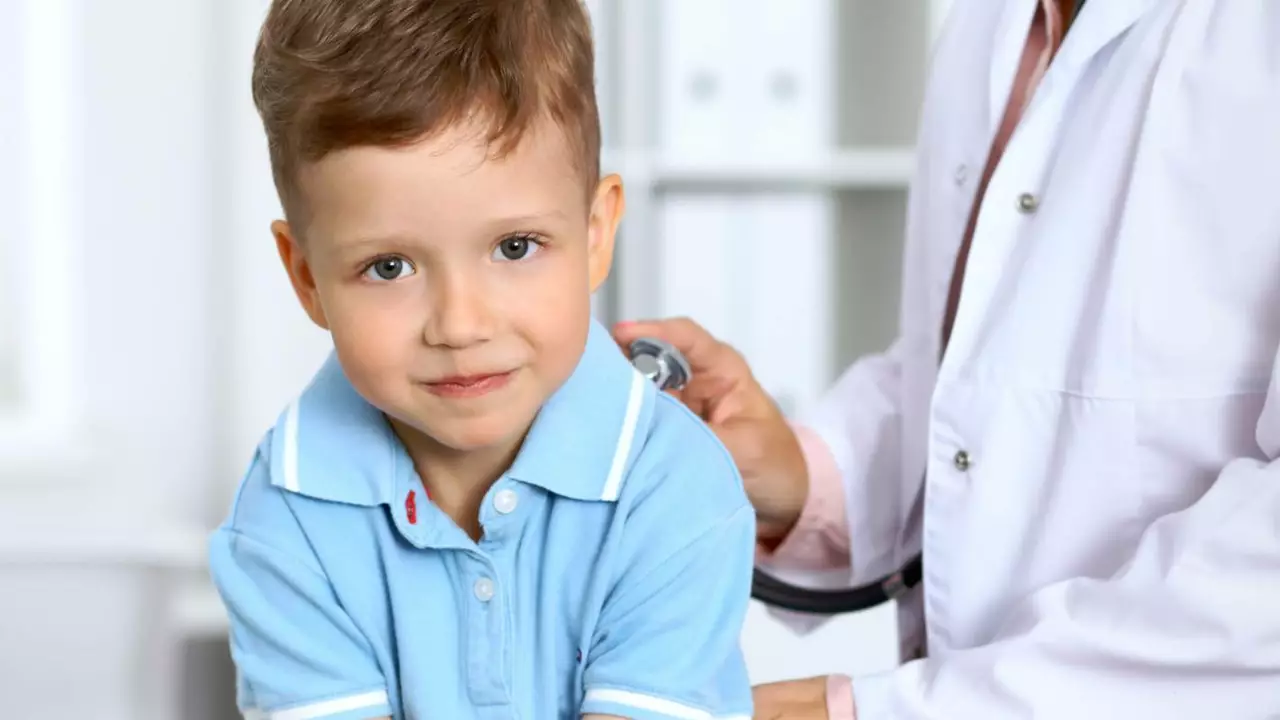Worried about your child's development, headaches, weird movements or bladder problems? Those can be neurological — not just behavior. Pediatric neurology focuses on the brain, nerves, muscles, and development in children. This page gives clear, practical steps so you know what to watch for and what to do next.
Common issues a pediatric neurologist treats include seizures and epilepsy, developmental delays, headaches and migraines, muscle weakness or tone problems, movement disorders (like tics), and some bladder or bowel control concerns. If a symptom affects learning, daily activities, sleep, or safety, it's worth checking out.
Make an appointment if your child has any of these: repeated or prolonged seizures; sudden changes in behavior or speech; unclear developmental delays (walking, talking, social skills); persistent or worsening headaches; unexplained muscle weakness or frequent falls; or new loss of bladder control after it was already established. Also see a specialist if tests from your pediatrician (like basic labs or hearing/vision screens) don’t explain the problem.
Bring notes. A short diary of symptoms, videos of spells or movements, school reports, and a full medication list make the first visit faster and more useful. If your child is on medication already, note dose, time taken, and any side effects.
Common tests include EEG (for seizures), MRI (for brain structure), and nerve studies for muscle problems. Many conditions are managed with a mix of medicine, therapy (speech, physical, occupational), and school supports. Some kids need surgery, but that’s a small minority and usually well-explained by the team.
Medication safety matters. Pediatric dosing is weight-based and different from adults. Ask directly: why this drug, expected benefits, main side effects, how we’ll monitor, and what to do in an emergency. If a medicine is used off-label for kids (that happens), ask for the evidence and follow-up plan. Keep a single up-to-date medication list and share it with every provider.
Seizure first aid: stay calm, protect your child from injury, time the event, place them on their side when possible, and don’t put anything in their mouth. Call emergency services if a seizure lasts more than 5 minutes, if breathing doesn’t return promptly, or if a second seizure follows right away.
Practical tips: get a written action plan for school or daycare, train caregivers in seizure response and medication timing, keep a journal of symptoms, and ask about drug interactions when new meds are added. If you’re ordering meds online, use pharmacies that require a prescription and have clear contact info — and always verify dosing with your child’s prescriber.
Want deeper reads? We have articles on solifenacin in children, seizure medicines like lamotrigine, and alternatives to drugs such as gabapentin. Browse the pediatric neurology tag for clear guides that help you ask the right questions at the right time.

Hey there awesome parents! Managing spasms in kiddos can be as tricky as solving a Rubik's cube blindfolded, am I right? But don't fret, there are ways to ease those twitching tiny muscles. First off, keeping your child hydrated is as crucial as keeping your plant watered - you don't want either to wither, right? Also, regular stretches are like the secret ingredient in Grandma's pie, they can work wonders! So, next time your little one starts twitching like a breakdancer, remember these tips and know that you've got this under control!
Buying medicine online might seem convenient, but counterfeit drugs are a deadly threat. Fake pills often contain fentanyl, toxic chemicals, or no active ingredient at all. Learn how to spot real pharmacies and protect yourself.
Off-label drug use is common, legal, and often necessary - but not always safe. Learn why doctors prescribe medications beyond FDA approval, how it impacts patients, and what you need to know before taking an unapproved drug.
Insurance plans often cover generic combination drugs differently than individual generics, leading to confusing and sometimes costly outcomes. Learn how formularies, tiers, and pricing affect your out-of-pocket costs-and how to save money.
Discover how proper hydration stabilizes the inner ear, reduces nausea, and keeps motion sickness at bay. Get practical water‑drinking schedules, fluid choices, and extra tips for comfortable travel.
Blood pressure targets are no longer one-size-fits-all. Learn why 120/80 isn't right for everyone, how guidelines differ across countries, and what really matters for your health-beyond the numbers.